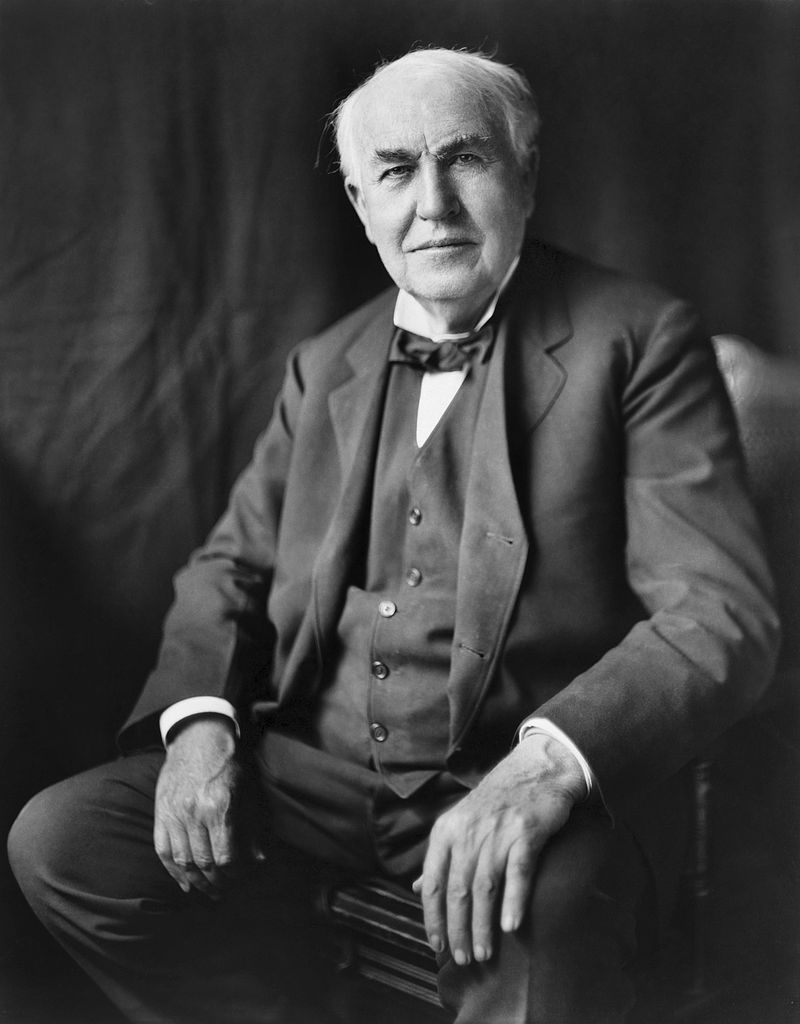Why Do Musicians Wear Headphones?
Have you ever noticed that almost every video you've ever seen of musicians in the studio, they're wearing headphones? This might have made you wonder, why do musicians always wear headphones? Well I decided to write this article to explain what is happening in the studio.
Musicians wear headphones in the studio because they need to hear the music and the microphone is recording at the same time. That means, if the musician wasn't wearing headphones the microphone would re-record the music. So in order to record just the musician's voice or instrument, they need to wear headphones so the mic doesn't pick up what they are listening too.

What Are The Musicians Listening to On Their Headphones?
When a musician is in the studio they usually have headphones one. This is the case unless everyone is playing their instruments and singing at the same time live. In that case no one needs headphones. Let's take a listen to what exactly the musicians are hearing in their headphones:
When John Lennon was recording the vocals to the song Strawberry Fields Forever, this is what he was listening to on his headphones in the studio.
You need to be able to hear the music so you can sing a long to it. But if you listened to the music out loud on speakers the microphone would record the music too. If you have headphones on, the microphone will just record your voice and then you mix it in over the background music.
Here's the final version of the song:
The Recording Studio: A Brief History
The history of recording studios can be traced back to the late 19th century, when the first attempts were made to record sound onto a medium that could be played back later. The earliest recording technology was the phonograph, invented by Thomas Edison in 1877. The phonograph used a diaphragm with a stylus that vibrated in response to sound waves and inscribed those vibrations onto a rotating cylinder coated in a soft material such as wax. This allowed sounds to be recorded, but the quality was poor and the recordings could only be played a few times before they became too worn to be usable.

With the advent of new technologies such as the gramophone and the introduction of discs as a recording medium, the quality of recordings improved, and the ability to mass-produce recordings became a reality. This paved the way for the development of commercial recording studios in the early 20th century.
The first commercial recording studio was the Victor Talking Machine Company in Camden, New Jersey, opened in 1901. This studio was used to record the first commercial recordings of music and spoken word, which were then sold to the public. The success of this studio led to the development of many more recording studios across the United States, and by the 1920s, there were hundreds of recording studios in operation.

During this time, most recording studios were owned by record companies, and the focus was on recording popular music for mass consumption. The quality of recordings was still relatively poor, and the recording process was a relatively simple one, often involving only a few microphones and a single recording device.
In the 1930s, with the advent of new technologies such as magnetic tape recording, the quality of recordings began to improve. Magnetic tape allowed for the recording of multiple tracks, which allowed for more complex recordings with multiple instruments and vocals. This led to the development of larger and more sophisticated recording studios, and the rise of independent studios that were not affiliated with record companies.

The 1950s and 1960s saw the development of the modern recording studio, with the introduction of new technologies such as multi-track tape machines and mixing consoles. These advances allowed for greater control over the recording process, and the ability to create more complex and polished recordings. This period also saw the rise of the "hit factory" style of recording, where recording studios were built specifically to create hit songs and albums.
In the 1970s, with the advent of digital recording technology, the recording process became even more precise and versatile. This allowed for greater control over the final product, and the ability to create a polished and professional-sounding recording. This era also saw the rise of home recording studios, as digital recording equipment became more affordable, and it was possible for musicians to record their own music at home. If you want to learn music we do offer music lessons in Plymouth and Canton.
Today, recording studios continue to evolve with the latest technologies. The use of computer-based digital audio workstations (DAWs) has become widespread, and the ability to record, edit and mix music using only a computer has become the norm. Additionally, the advent of cloud-based recording and collaboration tools has made it possible for musicians and producers to work together on recordings from different locations around the world.

I hope you have learned a little bit about why musicians wear headphones and how recording studios work. It's a really fascinating progression and if you've never been in one you should try to check one out. They're really cool! Thank you so much for reading to the end of the article. I really love writing these articles for everyone. :)



